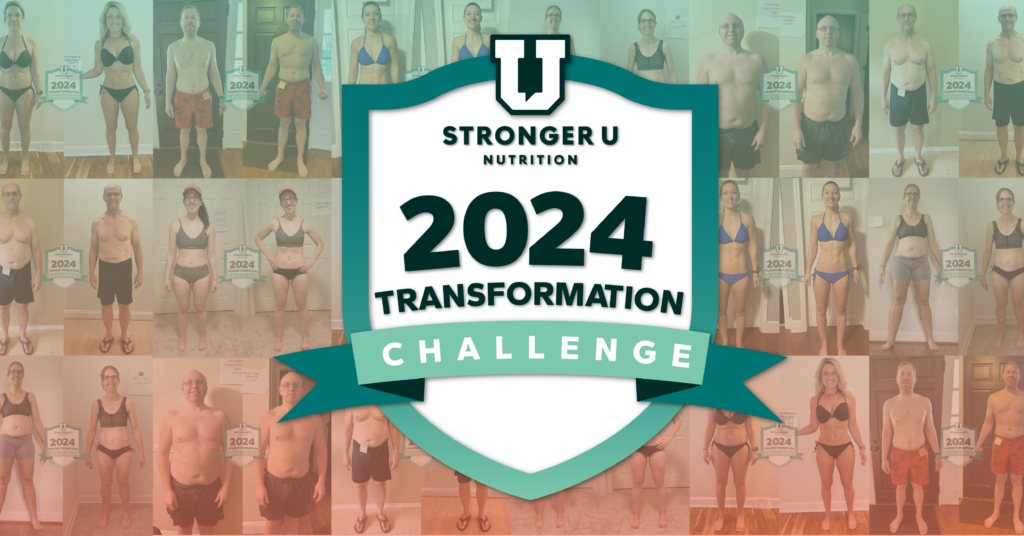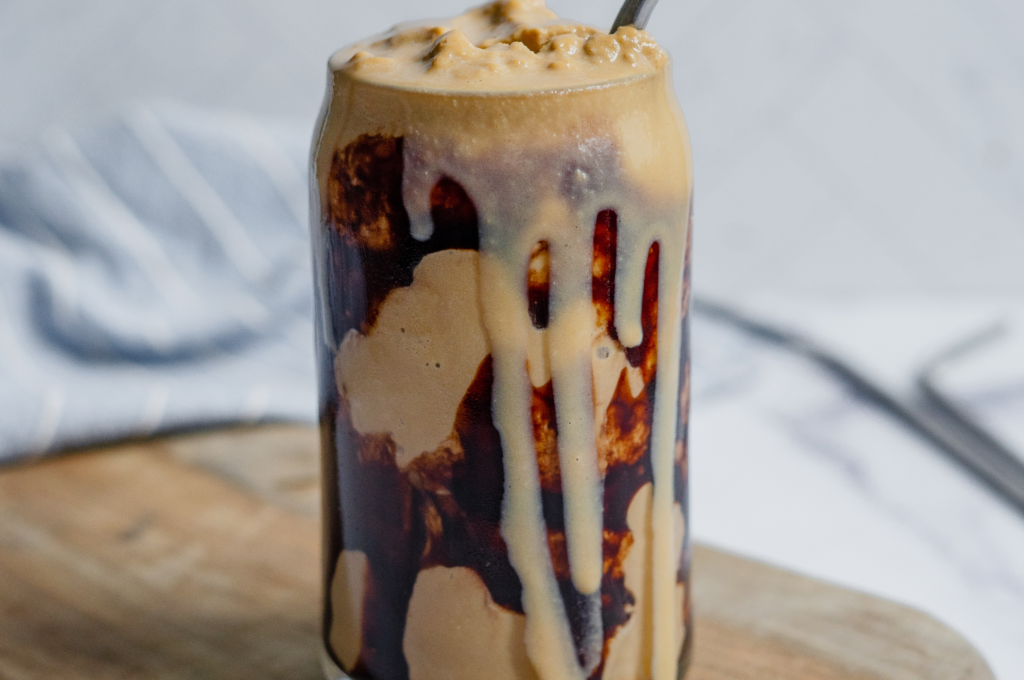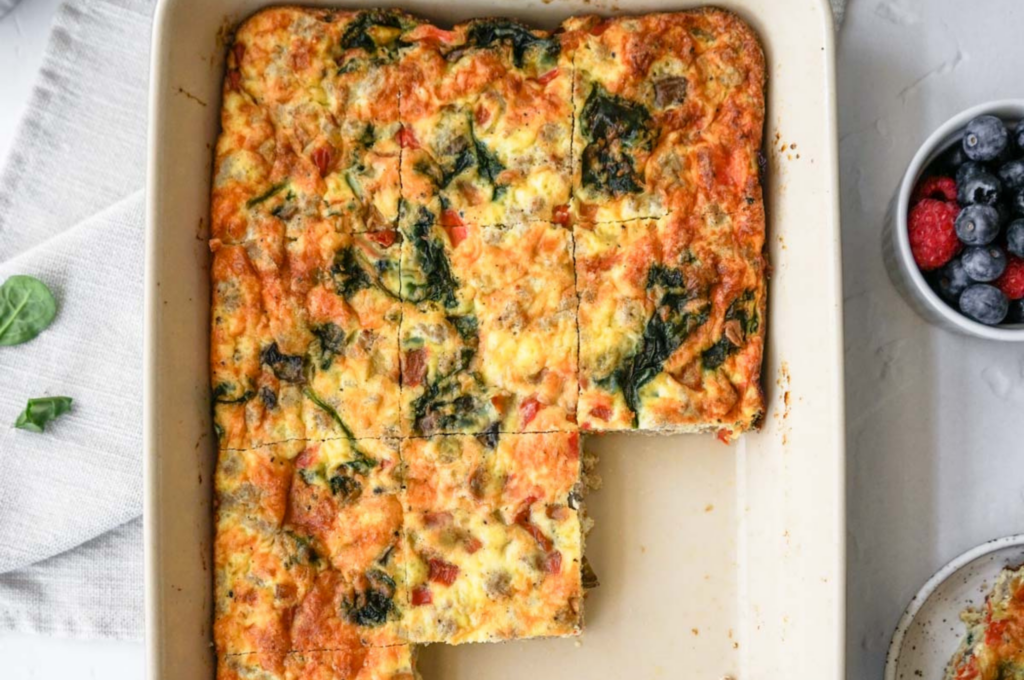This week marks another installment of the Stronger U Journal Club. In early March, the Stronger U coaching staff got together and with the help of Dr. Jessica Bachman and Coach Jeb Stuart Johnston we talked about a topic that is deeply important to just about every Coach on the Stronger U staff: self-conscious emotions and motivations. For the nerds and people interested in human psychology, amongst us, buckle up. We’re going through some pretty cool stuff today.
What was the topic we learned about?
We specifically talked about self-conscious emotions and motivation. To kick that off, Jeb walked us through some of the basic differences between what are known as basic emotions and self-conscious emotions.
Basic emotions include:
- Fear, anger, sadness, happiness.
- Basic emotions are easier to define and are universally experienced.
- There’s a biological basis for basic emotions.
- There are also discrete facial expressions that accompany basic emotions.
Self-conscious emotions include:
- Guilt, shame, pride, etc.
- These are harder to define as they’re not all universally experienced, or universally experienced the same way. There are no discrete facial expressions that accompany self-conscious emotions.
- Self-conscious emotions will involve self-awareness, self-representation, and self-evaluation.
Despite self-conscious emotions not having the universality of basic emotions, that doesn’t mean that they’re rare. After all, just about anyone reading this can know what it’s like to feel pride, guilt, shame, jealousy, or something similar. Self-conscious emotions can be closely tied to upbringing and environment (people who grow up in the west will typically experience different self-conscious emotions than people who grow up in the east). This is partly in thanks to the fact that self-conscious emotions do play a major role in helping us maintain our social status.
Inside those self-conscious emotions, there are two more common emotions that we, in the diet world, hear about quite regularly: guilt and shame. However, there is a difference between the two, and it’s important that we talk about that difference.
Guilt: can be thought of as when individuals negatively evaluate their behavior.
- “I didn’t go to the gym today.”
- Guilt may motivate some kind of reparative or compensatory action.
- Typically associated with more positive outcomes.
Shame: when individuals negatively evaluate themselves.
- “I didn’t go to the gym today.”
- Can motivate a desire to deny or hide from a situation.
- Typically associated with more negative outcomes.
Jeb gave us a great breakdown of the two:
Guilt: Feeling about something you did.
Shame: Feeling bad about who you are.
Note the difference between the two. In guilt, we see things are mostly centered around the action, whereas with shame things are mostly focused on a negative evaluation of the self. But that nuanced difference between guilt and shame isn’t where it stops. The same thing can be said for other self-conscious emotions, like pride, for example.
Pride can be thought of as coming in two different varieties: hubristic pride and authentic pride. If the names didn’t give away the difference, think of them like this:
Hubristic pride: is mainly focused on the self.
- “I have a great body.”
Authentic pride: focused on specific achievements.
- “I lost the weight I planned on losing.”
Both forms of pride can play a motivating role in lifestyle change behaviors since they are essentially two sides of the same coin. But depending on someone’s environment, value system, upbringing, etc. each will have a different degree of influence.
That degree of influence isn’t just the case for pride, however. Something that is important to understand is that these self-conscious emotions play a role in our overall perception of our physical self. It’s important to understand that this influence, in itself, isn’t a bad thing. It’s just simply a fact of life in how we all come to develop our sense of physical self. Where things get trickier is when some of the unspoken (or spoken) beauty and appearance standards become internalized and accepted to such a degree that they now cause counterproductive, harmful, or hurtful emotional responses.
What was the study we went over?
This was the study was what we focused on.
The purpose of this study was to test a model where body-related self-conscious emotions of shame, guilt, and pride were associated with physical activity and behavior and to try and identify a link between how we’re feeling emotionally and how that plays into specific behaviors through changes in motivation. This model is known as Organismic Integration Theory, a sub-theory of Self-Determination Theory, which we briefly talked about in this journal club.
Inside Organismic Integration Theory is the core idea that quality, not quantity, of motivation, will determine behaviors. From there, it’s most helpful to think of motivation as existing on a continuum that varies based on the degree of self-determination:
- Amotivation: no desire to participate or change
- External: participate to satisfy external demands
- Introjected: participate to avoid feeling guilty
- Identified: participate to receive benefits that are in line with their core values
- Intrinsic: participate because it provides inherent enjoyment or interest
We all exist somewhere on this continuum with any number of activities, topics, ideas, etc. But in this particular study, researchers were specifically looking at participants and where they fell on this continuum in relation to physical activity.
What were the things that went on in the study?
- There were 398 participants, ages between 18-68 years old.
- 84.3% Caucasian
- 9.32% Asian
- 2.05% Black
- 2.71% Hispanic
- Greater than 60% of the participants had a household income of less than $50,000/yearly.
Subjects were selected via online advertisements and email list, which is important to note since people who are going to respond to an online advertisement for a health-related study will involve some sort of selection bias since the people most likely to respond to an online ad about healthy lifestyles might tend to be more intrinsically motivated.
Data was collected via an online questionnaire that was a mix of a number of pre-existing and well-documented questionnaires which measured body-related self-conscious emotions, authentic pride, motivation, and leisure time exercise questionnaire.
For those interested at home, an example of one of the questions from the body-related self-conscious emotion questionnaire read: “When I can’t measure to work out physically, I feel guilty.” Where participants would then rank their answer on a scale of “never” to “always”.
What were the results?
Strange looking maps aside, there are a few interesting takeaways that we can pull out of the results. Researchers were looking to see how pride, guilt, and shame would be related to the various stages on the motivation continuum we touched on above, ultimately trying to determine if these emotions were related to predicting how physically active someone says that they are. They did find that pride, guilt, and shame had no direct relation to physical activity levels. That being said, some of the correlations:
- Body-related Pride: There’s a relationship with identified and a significant relationship with intrinsic motivation.
- Body-related Guilt: Associated with increased introjected, identified, and intrinsic motivation.
- Body-related Shame: Associated with increased external motivation, but decreased introjected and intrinsic motivation.
Researchers found that individuals who had higher levels of identified and intrinsic motivation actually exercised more and enjoyed exercising more. Or, in layman’s terms, people who enjoy exercising for the benefit or simple enjoyment of exercising were more likely to exercise and stick with it.
What should your takeaway be?
Surprise surprise, but the relationship between emotions, motivation, and physical activity is complex! Highly complex. There are a number of factors that play into our given motivation for any number of topics. Whether it’s our environment, our upbringing, if we’ve found activities that we enjoy, a community to enjoy activities with, and more.
Potentially surprising to some of us, there does seem to be a role for both guilt and pride, to some degree. That’s not to say that guilt and pride should be motivating factors that we all depend on, but instead understand that at times, those emotions can help keep us going or spur us forward. This can be especially true for individuals with identified motivation, or those who know that healthy behaviors match their core values. More than that, pride is associated with helping develop intrinsic motivation, which probably makes sense to anyone who has taken a sense of pride in their very own transformation. Over time, that sense of pride begins to shift into a sense of ownership and expectation in how you expect yourself to behave, helping create a positive behavior feedback loop.
As expected, shame does improve external motivation. But shame was NOT associated with improving healthy behaviors. This is something that I think anyone who has ever been shamed can intimately understand. Being on the wrong end of shaming can most certainly light a fire and make us want to take action, but rarely does shame in itself seem to be the thing that causes long-term improvements to healthy behaviors.
Ultimately, if we’re to come away with a single major takeaway, it’s to understand that in order for us to make long-term change, we have to find healthy behaviors that match who we perceive ourselves to be as individuals and match our value systems and allow us to act autonomously. Knowing that taking care of our health is one thing, but coming to value our health is an entirely different thing. While it might seem like semantics, adopting taking care of our health as part of our core value system does seem to be associated with long-term health improvements. And this seems to fit in with the experience of anyone who has years of exercise under their belt. Not every day in the gym, on the trails, the bike, the pool, etc. is going to be a day full of fun and enjoyment. But they are activities that are valuable and important to that individual, and the inherent value of those things to that person plays a major role in the ability to practice those behaviors long-term.









